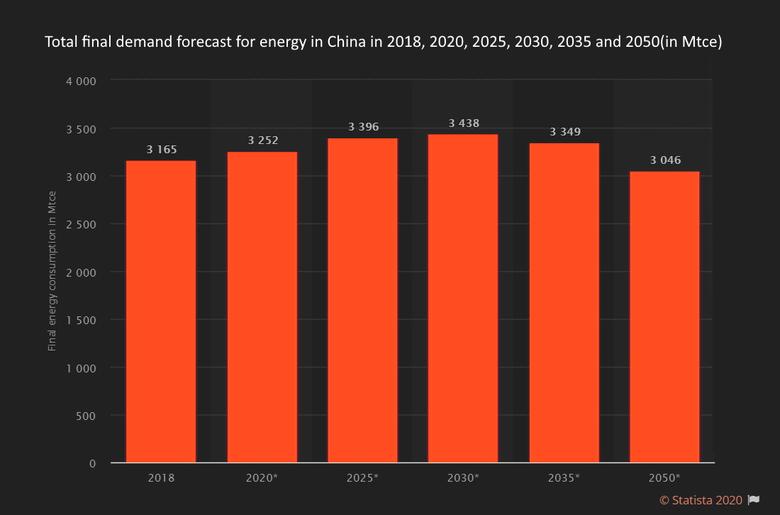CHINA'S ENERGY IEFFICIENCY UP

РЕЙТЕР -
-----
Раньше:

2018, March, 14, 11:45:00
REUTERS - U.S. West Texas Intermediate (WTI) crude futures CLc1 were at $60.77 a barrel at 0753 GMT, up 6 cents, or 0.1 percent, from their previous settlement. Brent crude futures LCOc1 were at $64.62 per barrel, down just 2 cents from their last close.
|

2018, March, 7, 15:00:00
РЕЙТЕР - К 9.17 МСК фьючерсы на североморскую смесь Brent опустились на 0,85 процента до $65,23 за баррель. Фьючерсные контракты на американскую лёгкую нефть WTI к этому времени торговались у отметки $62,07 за баррель, что на 0,85 процента ниже предыдущего закрытия.
|

2018, March, 7, 14:00:00
EIA - North Sea Brent crude oil spot prices averaged $65 per barrel (b) in February, a decrease of $4/b from the January level and the first month-over-month average decrease since June 2017. EIA forecasts Brent spot prices will average about $62/b in both 2018 and 2019 compared with an average of $54/b in 2017.
|

2018, March, 5, 11:35:00
РЕЙТЕР - К 9.28 МСК фьючерсы на североморскую смесь Brent поднялись на 0,33 процента до $64,58 за баррель. Фьючерсные контракты на американскую лёгкую нефть WTI к этому времени торговались у отметки $61,44 за баррель, что на 0,31 процента выше предыдущего закрытия.
|

2018, March, 4, 11:30:00
МИНФИН РОССИИ - Средняя цена нефти марки Urals по итогам января – февраля 2018 года составила $ 65,99 за баррель.
|

2018, February, 27, 14:15:00
РЕЙТЕР - К 9.18 МСК фьючерсы на североморскую смесь Brent опустились на 0,15 процента до $67,40 за баррель. Фьючерсные контракты на американскую лёгкую нефть WTI к этому времени торговались у отметки $63,80 за баррель, что на 0,17 процента ниже предыдущего закрытия.
|

2018, February, 27, 14:05:00
МИНФИН РОССИИ - Средняя цена на нефть Urals за период мониторинга с 15 января по 14 февраля 2018 года составила $66,26457 за баррель, или $483,7 за тонну.
|
CHINA'S ENERGY IEFFICIENCY UP

ENERDATA- 25 May 2020 - According to the National Development and Reform Commission (NDRC), China energy intensity, which measures the amount of energy needed to generate one unit of GDP, decreased by 2.6% in 2019, which was lower than the Chinese government target of 3% cut. The country felt short of its energy efficiency goals in 2019 due to the fast growth in the economic sector of steel, building materials, non-ferrous metals, chemicals, and the services. However, the NDRC also announced that the country carbon intensity (the amount of carbon dioxide emissions per unit of GDP) decreased by 4.1% against a target of 3.6%.
As part of the 13th five-year Plan, China committed to reduce its energy intensity by 15% from 2015-2020. At the end of 2019, the target was 87.1% achieved. The coronavirus epidemic is expected to slash economic activity more than it reduces energy consumption.
-----
Tags:
CHINA,
ENERGY,
EFFICIENCY










